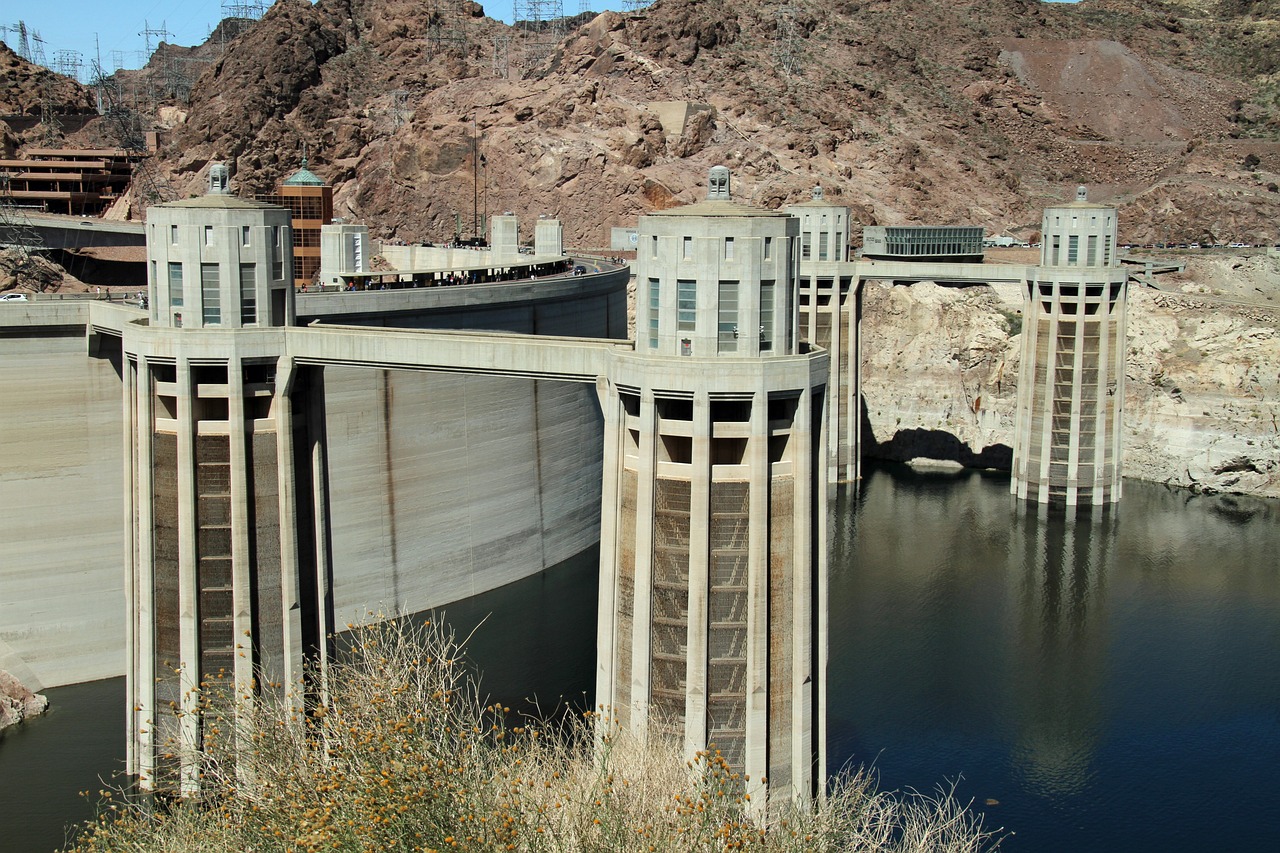Bitcoin is often compared to gold because a system of mining is coded into its protocol. Just like gold miners, Bitcoin miners are responsible for the acquisition of supply. However, unlike gold, Bitcoin has a cap on how much can be mined – 21 million coins. Every halving event also decreases the reward for miners, making it harder to mine new coins. This system is known as Proof of Work (PoW) and it is a crucial aspect of Bitcoin’s success. This ensures scarcity and prevents inflation.
The Concept of Bitcoin Mining
Bitcoin mining involves the use of powerful computers to solve complex mathematical puzzles, known as hashes. These hashes are essential for verifying transactions on the blockchain and adding new blocks to the chain. Miners compete with each other to find the correct hash first, as the reward for successfully mining a block is newly minted bitcoins.

This fair competition among miners is what keeps the Bitcoin network secure and decentralized. In order to alter a transaction or add fraudulent blocks to the chain, a hacker would need to have control over a majority of the network’s computing power, making it nearly impossible. This makes Bitcoin a trustless system, as transactions are verified by the network rather than a central authority.
Proof of Work (PoW) vs Other Consensus Algorithms
Bitcoin uses a consensus algorithm called Proof of Work (PoW), which ensures that miners have to put in significant computational effort to mine a block. Other popular consensus algorithms include Proof of Stake (PoS) and Delegated Proof of Stake (DPoS).
PoS and DPoS do not require miners to solve complex puzzles, but rather select validators based on their stake in the network. This means that those with more coins or tokens have a higher chance of becoming a validator and earning rewards. This system has been criticized for potentially creating centralization and being less secure compared to PoW.
Imagine if one wealthy individual or even the creators of the crypto project owned a significant portion of the coins (as in the case of Ethereum), they would have a disproportionate amount of power in validating transactions and potentially compromising the network’s integrity. Bitcoin’s PoW algorithm, on the other hand, ensures that no single entity has control over the network and prevents any centralization.
Environmental Concerns and Energy Consumption
One major criticism of Bitcoin mining is its significant energy consumption. As the difficulty levels increase, miners need more powerful computers to compete, leading to higher electricity costs. Some estimate that as much as 0.2%-0.9% of global electricity consumption goes towards Bitcoin mining.
However, other commodities and industries such as gold mining, banking, and government printing also have a significant environmental impact. The benefits of Bitcoin often outweigh the energy consumption and potential environmental impact.
The word ‘consumption’ may also paint BTC in a negative light, but it may be better to understand it as a transfer of energy rather than a loss. Because energy is needed for miners to successfully validate transactions, the energy is ultimately transferred into the value of the network and reflected in its price. It becomes a currency that is backed by energy which differs from fiat currency, which is often not backed by any tangible asset.
Renewable and sustainable energy sources have also been explored as potential solutions for reducing the environmental impact of Bitcoin mining. Some countries, such as Iceland and Norway, have cheap and abundant renewable energy sources making them ideal locations for mining operations. Additionally, power plants utilizing renewable energy sources can sell excess energy to mining operations, creating a mutually beneficial relationship.
Moreover, the rise of renewable and sustainable energy sources has led to more efficient and eco-friendly mining methods. For example, some companies have started using hydropower or solar energy to power their mining operations, reducing their carbon footprint.

The Halving Event Explained
By now you can see how PoW (Proof of Work) and the need for energy increases the currency’s value but Satoshi Nakamoto, the creator of Bitcoin, also introduced a mechanism to control the supply of BTC -the halving event.
Every 210,000 blocks (a block is a record of all the recent transactions) the reward for mining BTC is halved. This occurs approximately every 4 years and has happened twice since Bitcoin’s inception, the mining rewards for Bitcoin are cut in half.
This means that miners receive half the amount of BTC they previously received for validating transactions. The first halving event took place in 2012 when the block reward went from 50 BTC to 25 BTC. Then, in 2016, it was reduced again to 12.5 BTC per block.
This decreasing supply of new coins ultimately leads to a decrease in inflation and can potentially drive up the value of existing coins due to scarcity. However, it also means that miners will receive less income from mining, potentially making it less profitable for them to continue their operations.
Only the most efficient and cost-effective miners are able to stay competitive in this changing landscape. The idea of Bitcoin and its growing demand with a decreasing supply has led to many predicting that the price of Bitcoin will continue to rise in the future.
The halving event creates the opposite economic model as the current fiat system. Central bankers don’t have a cap on how much fiat currency they can create, leading to inflation and decreasing value. They are also often forced to keep printing to fund government spending, which can potentially lead to hyperinflation. In times of hyperinflation, the demand for fiat declines as it becomes less valuable and people turn to other forms of currency or assets with more stable values.
Final Thoughts
When it comes to BTC Miners vs Fiat Printers, we can see how the two operate on completely different models. The finite supply of Bitcoin, combined with its increasing demand, creates a unique economic system that is not subject to the same risks and pitfalls as fiat currency. As we continue to see the effects of halving events and an evolving mining landscape, it will be interesting to observe how Bitcoin’s value and demand will be affected.
If you are a Bitcoin beginner, it is important to understand the fundamentals of mining and how it impacts the value of Bitcoin. Although the mining difficulty has increased and mining with a simple GPU is no longer profitable, it’s still possible to buy the latest mining hardware and join a mining pool to increase your chances of earning Bitcoin if you have access to cheap electricity.
But if you are just looking to hold BTC as a beginner, there is no need to worry about mining and its complexities. Simply buying and holding Bitcoin and thanking the miners for securing and validating the network is sufficient.


2 thoughts on “Bitcoin Mining For Newbies (Why Proof of Work Matters)”
Comments are closed.